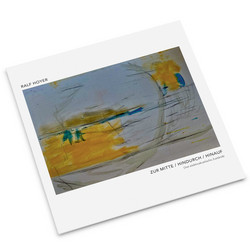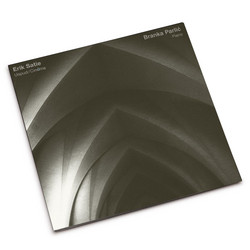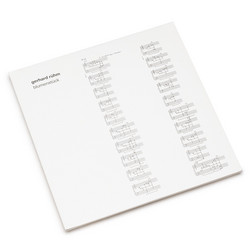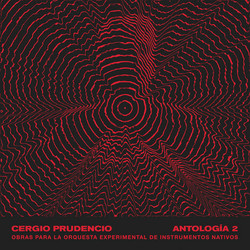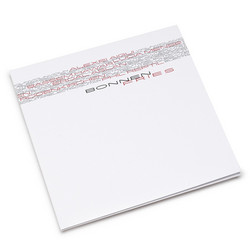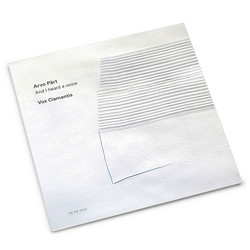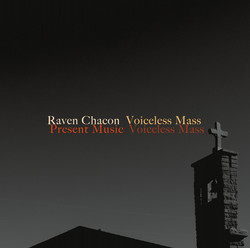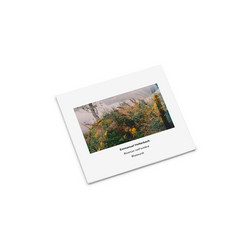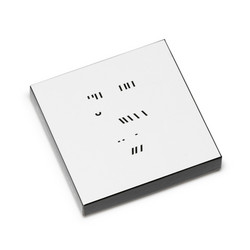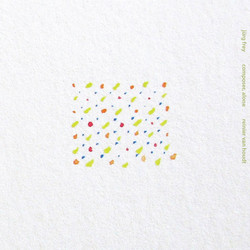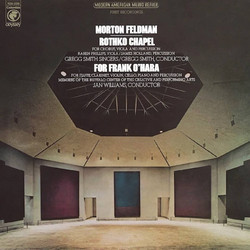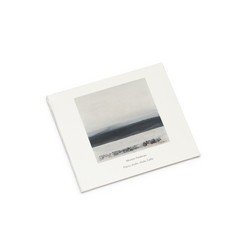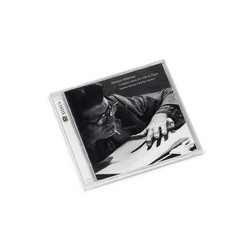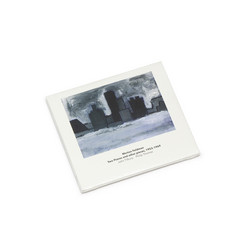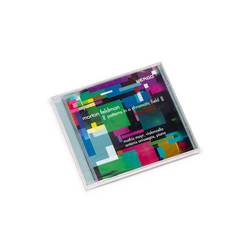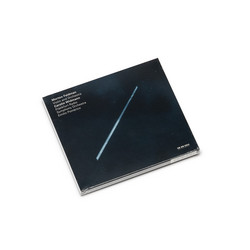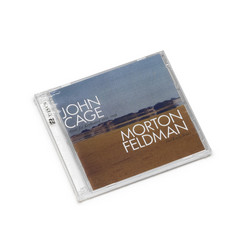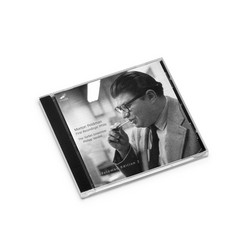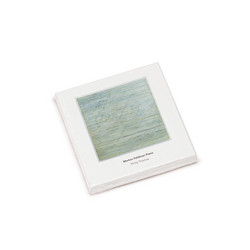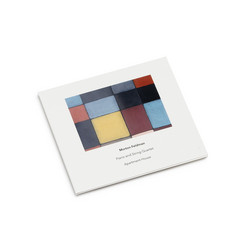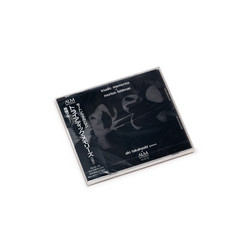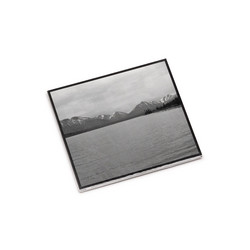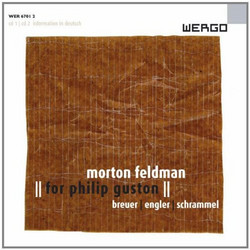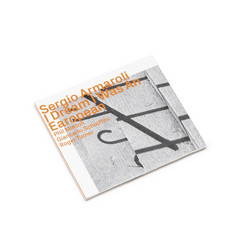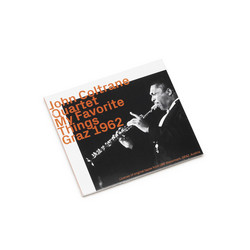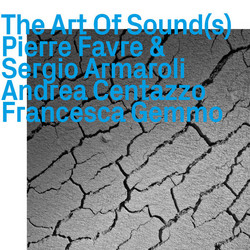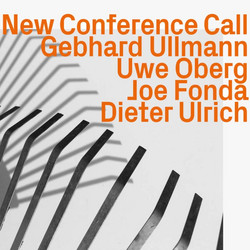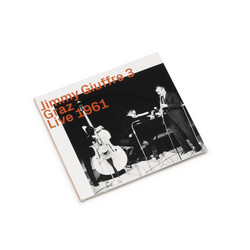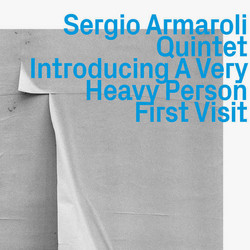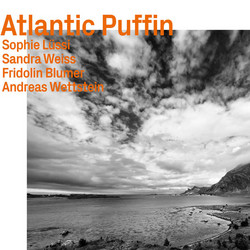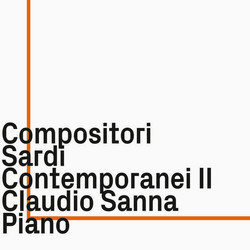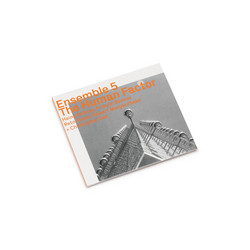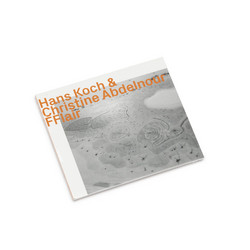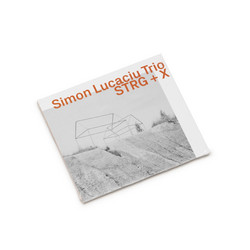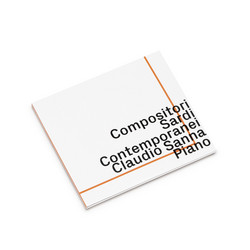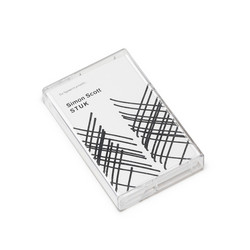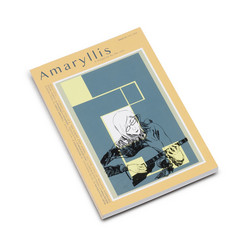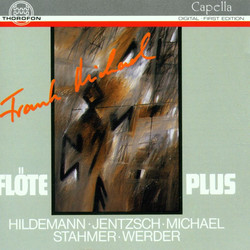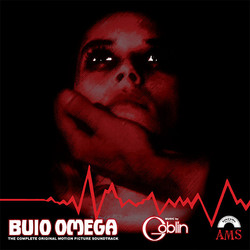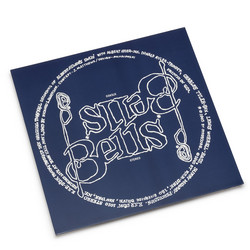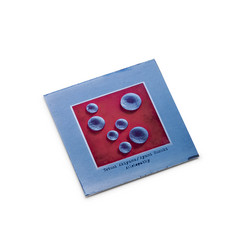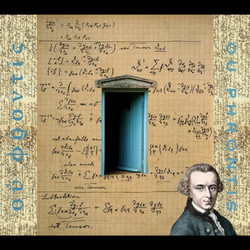Morton FeldmanFeaturing: Judith Wegmann
Triadic Memories (2CD)
Temporary Super Offer! Triadic Memories is the second of four solo piano works that Morton Feldman (1926-87) wrote during the lastdecade of his too-short life. The first, Piano (1977),is a densely abstractwork, opening a creative portal through which Feldman chose not to go. Triadic Memories (1981) and For Bunita Marcus (1984) followed, eachwell over an hour long, part of a deliberate attempt by Feldman to expand the temporal frame of his music. Finally camethe luminous Palais de Mari (1986), briefer – about twenty-five minutes – a distillation of Feldman’s art.
The piano was at the centreof Feldman’s musical world. Even when he was writing for other instruments he would work at the piano because, as he saidin a 1975 interview that appears in Walter Zimmermann’s book Desert Plants, ‘it slows me down and you can hear the time element much more, the acoustical reality.’ Perhaps more than any of his other piano music Triadic Memories is about that reality, the acoustic space created bythe piano’s strings and soundboard, and in Judith Wegmann’s recording that space is withina magnificent Bösendorfer 280VC piano. In the score Feldman instructs thatthe piano’s sustaining pedal should be held halfway down throughout the piece, as ifthe resonance of the instrument is intended to become a means of remembering the music. For a performance in Buffalo on 18thMarch 1982Feldman explained the use of the pedalto the audience, joking that he didn’t want them to think that the pianist, Aki Takahashi (the work’s co-dedicatee, with Roger Woodward), was ‘one of those pianists that never take the pedal off’. Instead, he said, his intention was to create a sort of musical ‘gesso’, like the ground with which painters prime their canvasses.
Specifically, Feldman was thinking of the way that CyTwombly would scratch graffiti-like markings into a gesso ‘where the tint changed ever so slightly.’ Feldman wanted a tonal ground andtooktheidea of‘a little gesso’ from Twombly, making music that, as he put it, is ’on this very precarious gesso smudge, so to speak. ’A ‘gesso’, a ‘smudge’, a ‘memory’; so why ‘Triadic Memories’? Perhaps it has something to do with Feldman’s preoccupation with his position in music history. By the early 1980s the minimalist composers, especially Steve Reich and Philip Glass, had become the most fashionable figures in new music, displacing Feldman and John Cage from the centre of the downtown New York scene, andFeldman was aware of this. (taken from the Christopher Fox liner notes)
